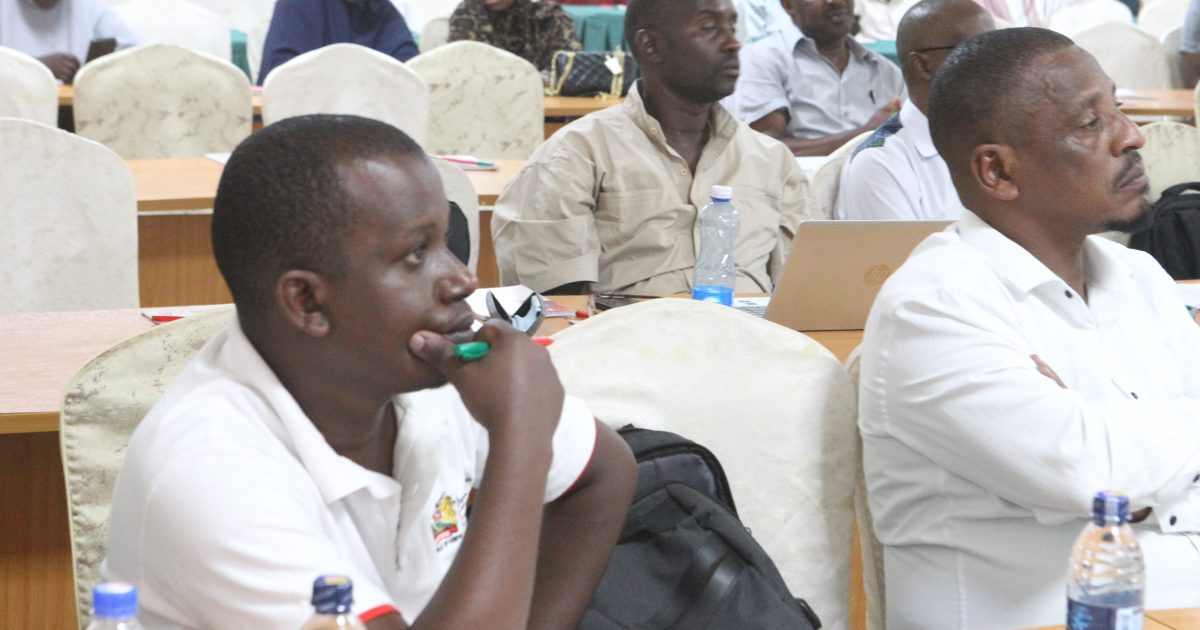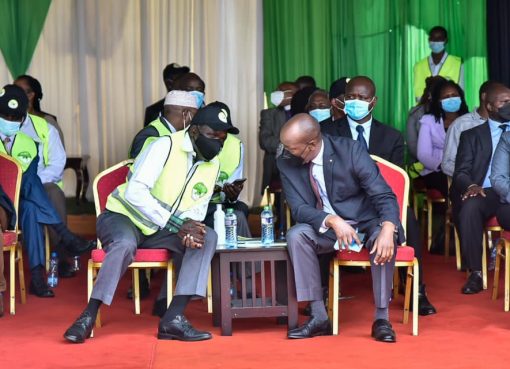The government through the ministry of energy and petroleum has drafted a policy that among other key issues will help to attract investors into the oil and gas exploration in the country.
The National Petroleum Policy draft (2024), which is currently at public participation stage, is geared towards sustainable exploration, exploitation, utilization and management of petroleum resources and products to contribute towards Kenya’s economic development.
Once implemented, the policy will further ensure that there is good management of revenue collected from oil and gas, promote equitable sharing of petroleum benefits and enhance usage of the liquefied petroleum gas (LPG) in the country.
Petroleum resources, which include crude oil and natural gas, are found in sedimentary basins. Kenya has four sedimentary basins: Lamu, Anza, Mandera and Tertiary Rift which cover approximately 490,000 km2.
Due to their vastness, which makes them hard to be explored by a single investor, the sedimentary basins are subdivided into petroleum blocks, which are licensed to various investors for exploration, appraisal, development and production of oil and gas resources.
By June 2024, only nine of the 63 petroleum blocks had been licensed to four investors for petroleum operations, while the rest were still open for investment.
Speaking to KNA after a public participation forum for the policy in Garissa, a petroleum engineer at the State Department for Petroleum, Vincent Areri, said that most investors and international financiers have been shying away from fossil fuel projects making it hard to procure finance for the exploration of the Kenyan blocks.
“We saw that one of the challenges we have is that there is little interest in our blocks so in this policy, we have come up with strategies that will help us promote them so that we attract more investors. This will be a good thing for us as a country because more money will be coming in with these investments,” Areri said.
Further, Areri revealed that, although there are investors for some oil and gas blocks, it takes time due to the back and forth negotiations between the government and a potential contractor or an actual contractor to finalise, especially on the concept of the field development plan, thus delaying production.
“The primary objective of the government is to protect its people and its resources, so until it is satisfied that everything has been done, then the project will not continue,” he said.
At the same time, the state department for energy has also drafted another policy seeking to address the challenges of energy access, affordability, and security while promoting clean energy solutions to reduce our dependence on fossil fuels.
Director for renewable energy at the state department for energy, Dan Maragu said that over 25 percent of the Kenyan population is still lacking electricity access, particularly in rural areas.
He said that the department is working to ensure that by 2030 there will be universal access to electricity, optimise the use of Kenya’s vast renewable energy potential and accelerate the uptake of clean cooking technologies.
“The key issue in this draft is that all Kenyans get access to energy at affordable prices. We are also looking to modernise the infrastructure and the transmission of electricity so that by 2030 everyone has access to clean energy,” Maragu said.
By Erick Kyalo



